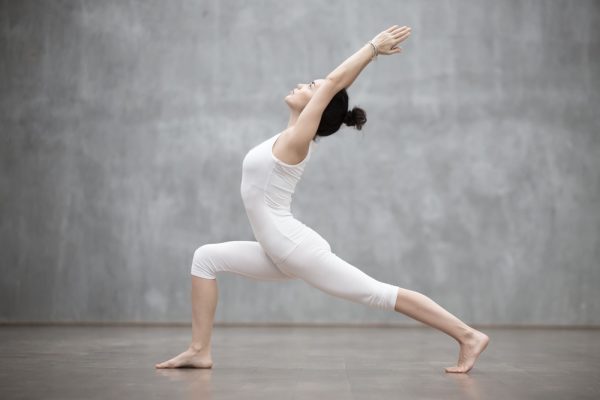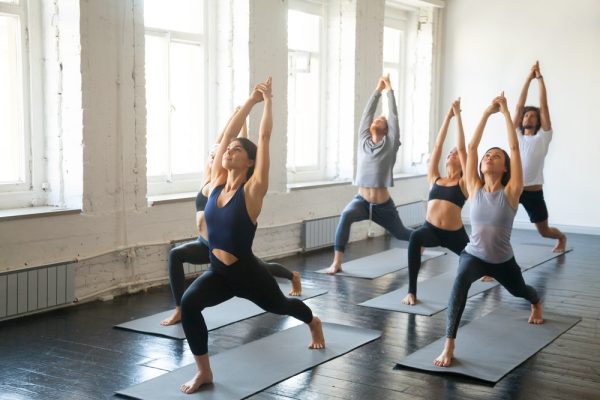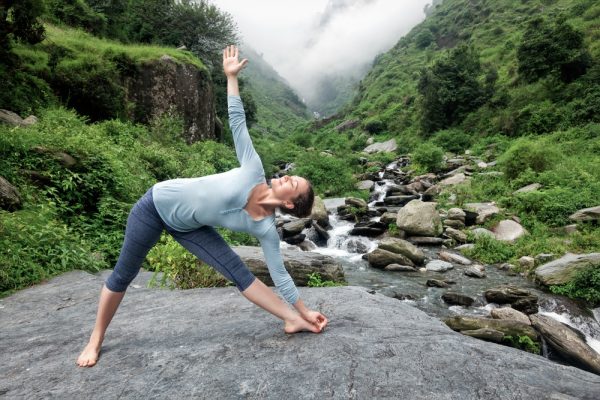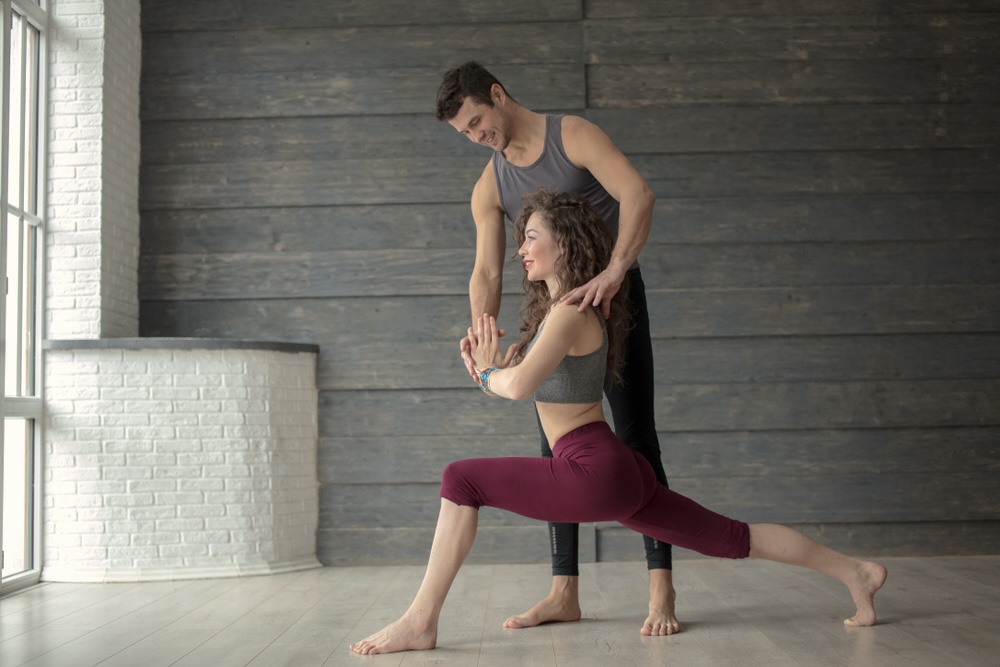You’re new to yoga and interested in attending a class. But once you get into the studio to schedule a class, you’re faced with so many different types of yoga. There’s Hatha yoga, Bikram yoga, Ashtanga yoga and Vinyasa yoga just to name a few. With so many options, it can be overwhelming to decide which type of yoga is best for you.
In this article, we’ll focus on two popular styles of yoga: Ashtanga and Vinyasa. Ashtanga yoga is a traditional style of yoga that follows a set sequence of poses. Vinyasa yoga, while based on the same foundation as Ashtanga, allows for more creative sequencing and flow.
So what are the key differences between these two styles of yoga? In this blog post, we will explore the 5 main differences between Ashtanga yoga and Vinyasa yoga to help you better understand each style and choose which one might be best for you.
1. Poses
Ashtanga yoga is known for its fixed set of poses. Practitioners follow a specific sequence that remains constant, allowing them to master each posture through repetition. This method is divided into six series, each increasing in complexity and intensity. The Primary Series, for instance, focuses on detoxifying the body, while the subsequent series intensifies the challenge.
Vinyasa yoga, on the other hand, is characterized by its variety. In terms of poses, they are similar, but there is more flexibility in the sequence. Teachers can creatively structure their classes, adding or subtracting poses to fit a particular theme or focus.
 2. Sequence
2. Sequence
The sequence of poses in Ashtanga yoga is meticulously structured. Practitioners move through a series of poses in the exact same order, making the practice predictable over time. This consistency supports the development of strength, stamina, and focus, as yogis deepen their practice with each repetition.
In contrast, Vinyasa yoga embraces the art of improvisation within a framework of flow. The sequences are fluid and can be adapted to the theme of the class, the season, or even the time of day. This dynamic nature keeps the practice fresh and exciting, challenging practitioners in new and unexpected ways.
3. Flow
Ashtanga yoga is defined by a deliberate pace, where each movement is synchronized with the breath. In Ashtanga yoga, you start each pose with Tadasana or Mountain Pose. For instance, you could transition from Tadasana into Warrior 1, revert to Tadasana, and then step into Warrior 2.
Vinyasa yoga is often described as a dance, where poses seamlessly flow from one to the next, linked by the breath. This fluid movement creates a vigorous and rhythmic practice that can feel more like a dynamic meditation in motion, energizing the body and calming the mind.
4. Instruction Method
In Ashtanga yoga, the Mysore style is a prominent method of instruction, where each practitioner progresses through the series at their own pace, under the guidance of a teacher. This personalized approach allows for individual attention and adjustments, fostering a deep, personal engagement with the practice. The instructor often assists rather than demonstrates the poses.
Vinyasa yoga classes are typically led by an instructor who guides the entire group by demonstrating and verbally cueing each pose. The instructor may also offer hands-on adjustments to help students deepen their practice. This communal flow encourages a collective energy that can be highly motivating and uplifting, creating a sense of unity and connection among participants.
5. Difficulty
While both styles offer a range of challenges suitable for all levels, Ashtanga yoga is often perceived as more demanding due to its fixed sequences and the complexity of the poses in the advanced series. The repetitive nature of the practice also demands a high degree of discipline and commitment.
Vinyasa yoga can be adapted to suit beginners and advanced practitioners alike, offering modifications to increase or decrease the intensity of the workout. This adaptability makes it an inviting option for those new to yoga or looking to vary their routine.
Explore Ashtanga and Vinyasa Yoga in Orange County, CA
Both Ashtanga yoga and Vinyasa yoga offer unique benefits and challenges that appeal to different practitioners. Whether you prefer structure or freedom in your practice, discipline or creativity, you can find a style that suits your needs and goals.
It’s worth trying out both styles to see which one resonates with you the most or even incorporating elements from each into your routine for a well-rounded practice. If you need guidance, consider seeking out an experienced instructor and booking a private class or attending a group session in Orange County, CA.
GLXYOGA can help you find the best yoga class for you, with experienced instructors who can help you deepen your practice and reach new levels in your yoga journey.

 2. Sequence
2. Sequence



